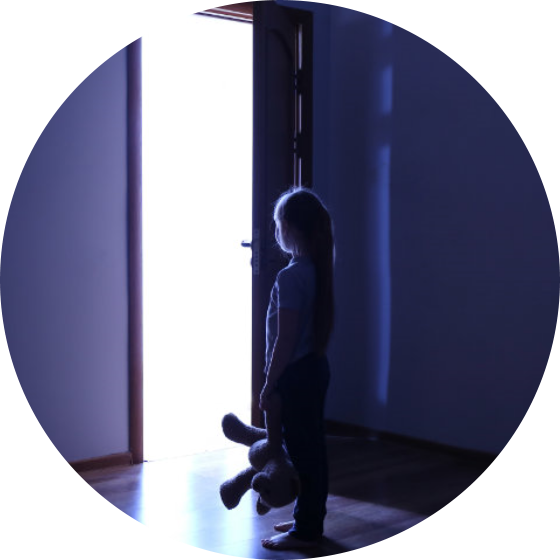Sleepwalking
Last updated: December 2021
Home > Information & Support > Adults > Sleep Disorders >Sleepwalking is when someone walks or carries out complex activities while not fully awake. It is a sleep disorder that occurs in deep sleep and tends to happen in the first few hours after falling asleep.
It affects both children and adults– though it is more common in children. About one in 10 children between the ages of five and 12 walk in their sleep at least once; 6% sleepwalk once a week or more. It is usually a phase that children go through and rarely has a medical cause. Boys sleepwalk more than girls.
What happens when someone sleepwalks?
Episodes involve anything from a person sitting up in bed and looking around, to getting out of bed, getting dressed, eating and some even walk out of the hours and have been known to drive cars.

They will look awake (eg eyes will be open) but will often not recognise people. They may talk to you – but if often doesn’t make sense.
A sleepwalking episode is usually over in 10 minutes, although some can last longer. Some people sleepwalk very occasionally while for some it can be more frequent.
What causes sleepwalking?
Most common triggers for sleepwalking are sleep deprivation, stress, alcohol and drugs, illness and certain medications. It can also be hereditary.
Should you wake a sleepwalker?
You should just calmly comfort them and lead the child/adult back to bed. They often just go back to sleep again. Naturally if there is potential physical danger, then try to gently wake them up.
Can you treat sleepwalking?
There is no specific treatment but for many, improving sleep hygiene can help to eliminate the problem, as can creating a sleep friendly bedroom.
Sleepwalking is rarely a sign of anything serious but if you have any concerns, consider seeing your GP.
